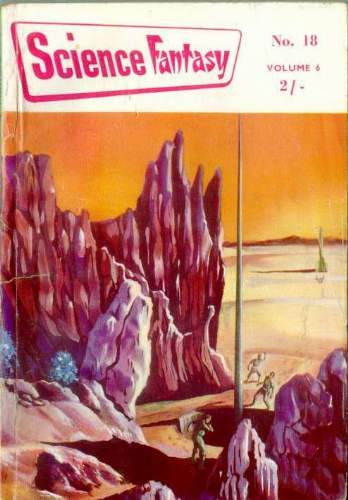Summary:
 Recruited from the twenty-fifth century by time-machine inventors further down the timeline, the protagonist is to help the last of humanity pick itself up and keep going. Instead, they are burying themselves, seemingly to stop existing, although what is happening and why remains a question he cannot comprehend.
Recruited from the twenty-fifth century by time-machine inventors further down the timeline, the protagonist is to help the last of humanity pick itself up and keep going. Instead, they are burying themselves, seemingly to stop existing, although what is happening and why remains a question he cannot comprehend. Discussion:
Time stories often deal with paradoxes, either to revel in them or say they cannot exist. This falls into the latter camp.
But it's less a story about time than generations, layering four generations of humanity, observing one another, growing impatient with each other:
- Present-day readers, reading and interpreting
- Completely flummoxed 25th-century aid workers--closest in time to us and our understanding
- Later time-machine inventors--still puzzled if less so
- The dregs of humanity who seem to have knowledge of doom that we cannot understand.
Of course, if a 25th-century man cannot comprehend, how much less you and I?
But it is not a tale of nonsense. Rather, it asks how evolutionary language barriers impede comprehension the other, anticipating the generational conflict of the next decade: the 1960s. It assumes a progress of intellectual advance from one to the other, so that the less knowledgeable ancestors are paradoxically called "the Children."
The future labels "strubeck" as the cause of failure and, later, we learn that the past generation are strubeck, so the seeds of future failure are sown in the past, which likely bears much truth--not to say that one does not have responsibility for one's self. The effects of the past ripple into the future.
Now that Aldiss is on the other end of the generations, it'd interesting to hear what he thought of the tale. It's not a classic, but definitely thought provoking.

No comments:
Post a Comment